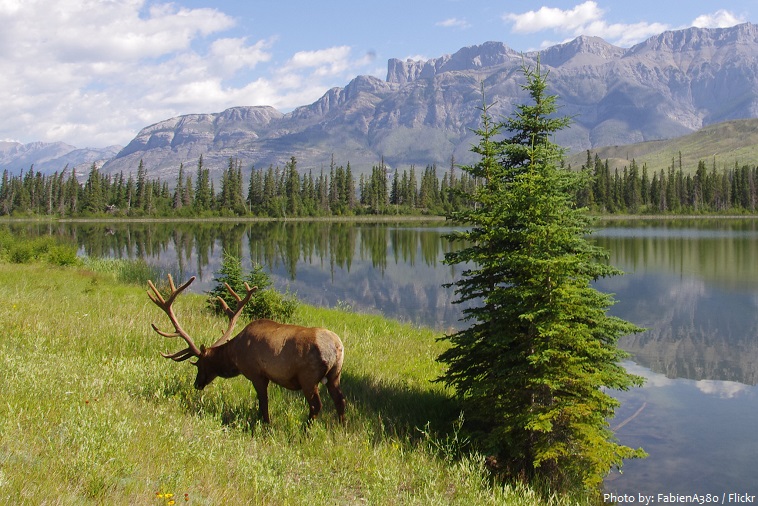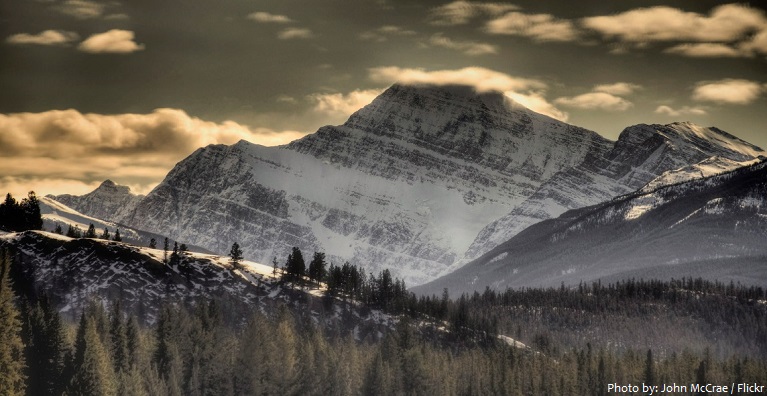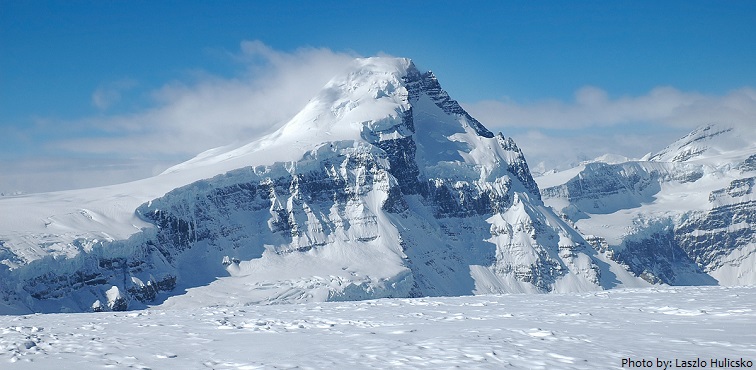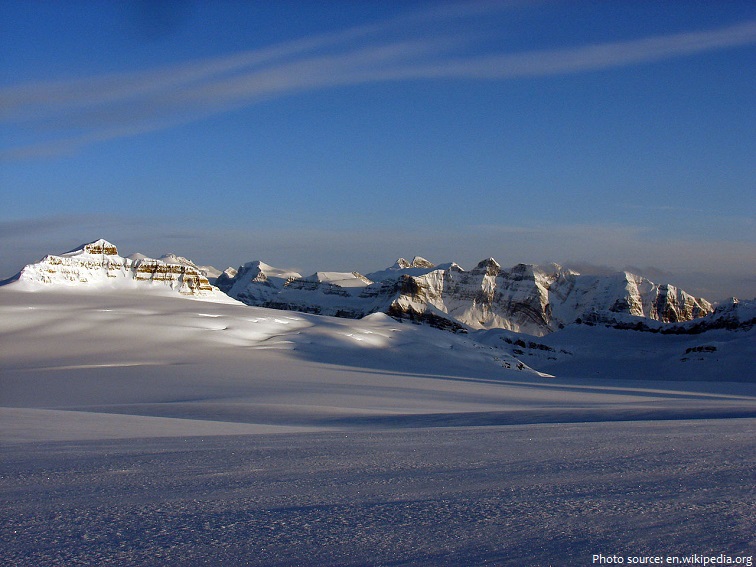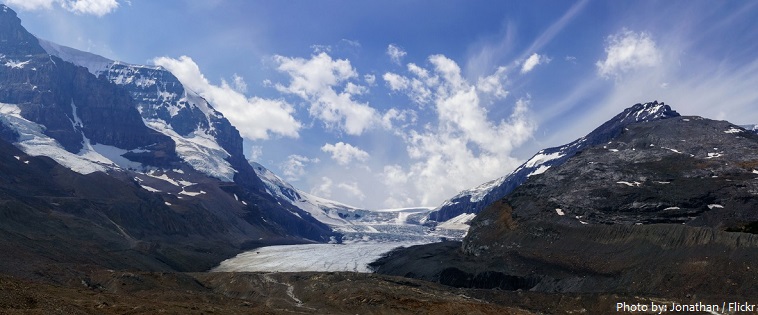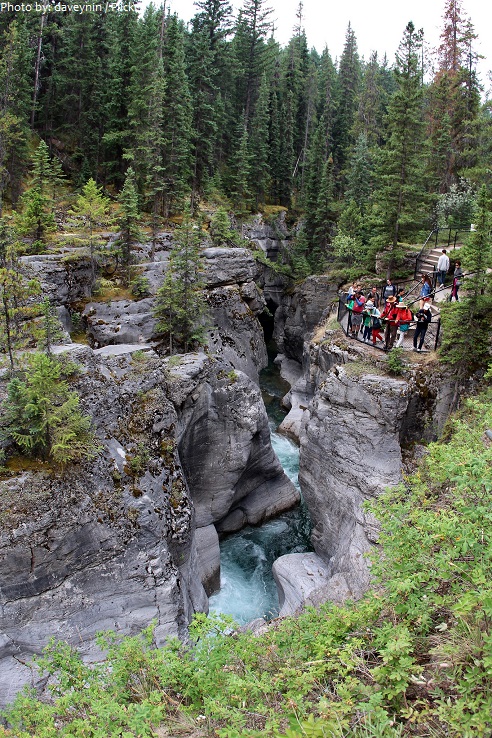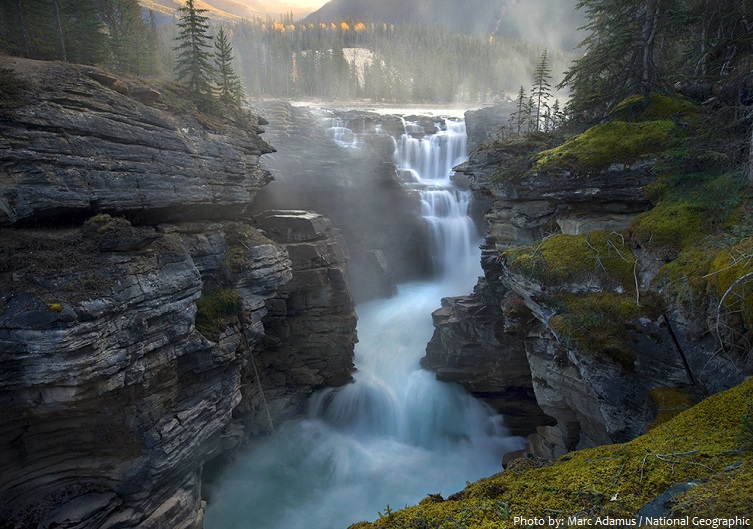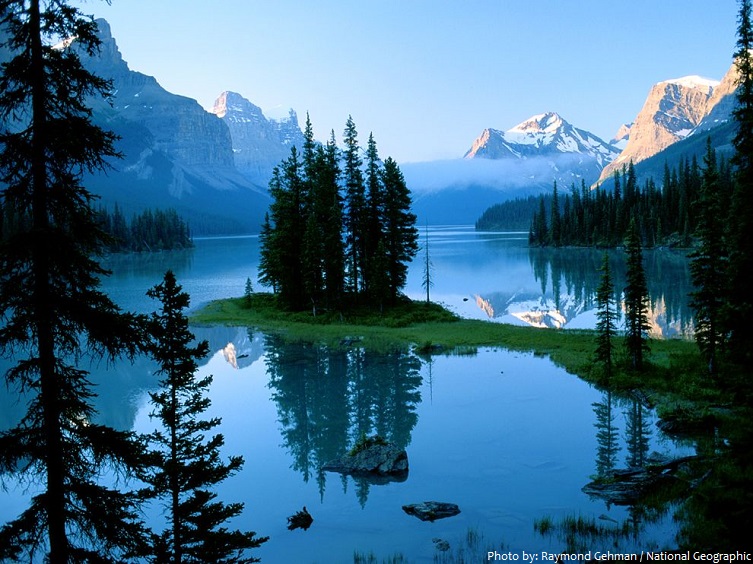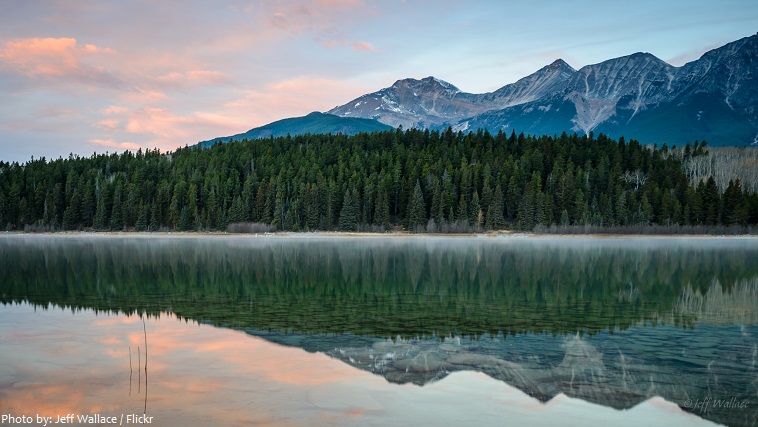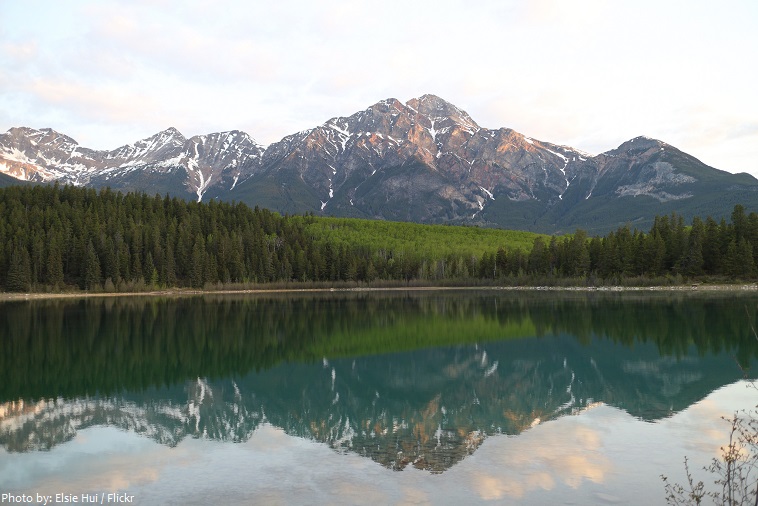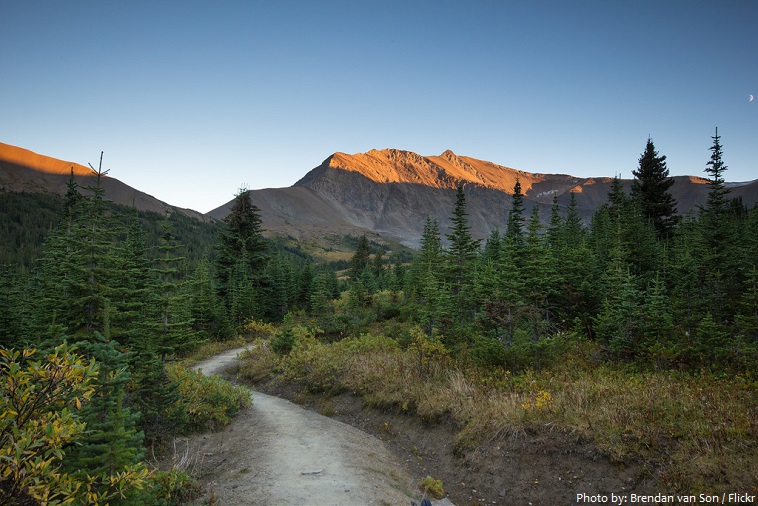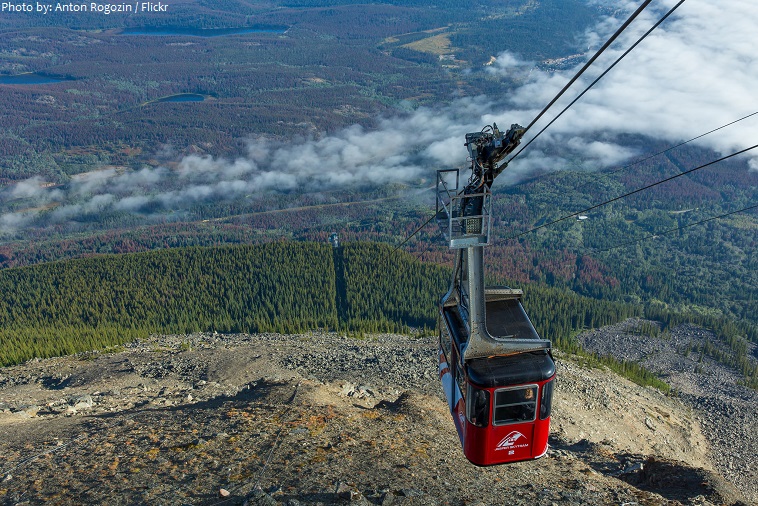Jasper National Park is a National Park located the Canadian province, Alberta.
This park is the largest national park in the Canadian Rockies, with an overwheling area of 10,878 square kilometers (4,200 square miles).
Jasper was named after Jasper Hawes, who operated a trading post in the region for the North West Company. Before this it was referred to as Fitzhugh.
The park was established on September 14, 1907 as Jasper Forest Park, and was granted national park status in 1930, with the passing of the National Parks Act.
Jasper National Park includes the glaciers of the Columbia Icefield, hot springs, lakes, waterfalls and mountains.
Mount Edith Cavell is one of the park’s attractions. A close-up view of the north face of Mount Edith Cavell is visible after a short hike to Cavell Meadows. The trailhead is by the parking lot at the end of Mount Edith Cavell Road.
Mount Columbia at 3,747 meters (12,293 feet) above sea level is the highest point in the park and in Alberta. It is located on the border between Alberta and British Columbia on the northern edge of the Columbia Icefield.
The Columbia Icefield is the largest ice field in the Rocky Mountains of North America. It is located in the Canadian Rockies astride the Continental Divide along the border of British Columbia and Alberta, Canada, the ice field lies partly in the northwestern tip of Banff National Park and partly in the southern end of Jasper National Park. It is about 325 square kilometers (125 sq mi) in area, 100 meters (330 ft) to 365 meters (1,198 ft) in depth and receives up to 7 meters (280 in) of snowfall per year.
The Columbia Icefield feeds eight major glaciers.
The Athabasca Glacier is approximately 6 km (3.7 mi) long, covers an area of 6 square kilometers (2.3 sq mi), and is measured to be between 90–300 meters (300–980 ft) thick. Easily accessible, it is the most visited glacier in North America. The leading edge of the glacier is within easy walking distance; however, travel onto the glacier is not recommended unless properly equipped.
Maligne Canyon is a natural feature in Jasper National Park. Eroded out of the Palliser Formation, the canyon measures over 50 metres (160 ft) deep. Popular for sightseeing and exploration, the area contains waterfalls, stream outlets, birds and plant life.
Athabasca Falls is a waterfall in Jasper National Park on the upper Athabasca River. A powerful, picturesque waterfall, Athabasca Falls is not known so much for the height of the falls (23 meters / 75 feet), as it is known for its force due to the large quantity of water falling into the gorge.
Maligne Lake is famed for the color of its water, the surrounding peaks, the three glaciers visible from the lake and Spirit Island, a frequently photographed islet. The lake is approximately 22.5 km (14 mi) long and is 97 m (318 ft) at its deepest point, in the south end of the lake. It averages 35 m (115 ft) in depth. It sits at approximately 1,670 m (5,480 ft) above sea level.
Patricia Lake is a lake near the town of Jasper. It was named for Princess Patricia of Connaught, a granddaughter of Queen Victoria. It is connected by Pyramid Lake road and hiking trails to the town of Jasper, as well as other tourist sites such as Pyramid Lake and Pyramid Mountain.
Pyramid Lake is kidney-shaped lake. It has a total area of 1.2 square kilometers (0.46 sq mi) and discharges in Athabasca River through the 2 km (1.2 mi) long Pyramid Creek. Several picnic sites are established on the shores of the lake, as well as boat ramps.
The Skyline Trail is a hiking trai well known for its scenic views. With 25 km (15.5 mi) of the total 44.1 km (27.4 mi) of the trail at or above the treeline, it offers magnificent views of the surrounding mountains and valleys. The trail is recognized as one of the best backpacking trails in the Canadian Rockies.
The Jasper Skytram is the highest and longest aerial tramway located in Canada. It was built in 1964 and goes to a height of 2,277 meters (7,470 feet) above sea level. It is 6 kilometers from Jasper, Alberta, and crests The Whistlers Mountain. It is roughly 230 kilometers north of Lake Louise along the Icefields Parkway.
Jasper National Park has about 990 kilometers (615 miles) of hiking trails.
Jasper National Park is home to 53 species of mammals including the elk, reindeer, moose, mule deer, white-tailed deer, porcupine, lynx, beaver, two species of fox, marten, pika, grizzly bear, coyote, mountain goat, bighorn sheep, black bear, timber wolf, marmot, puma, and wolverine.
The most common birds that fly around this park including raptors are bald eagles, golden eagles, Great horned owls, spruce grouses, white-tailed ptarmigans, bohemian waxwings, and evening grosbeaks.
Jasper National Park offers numerous recreational activities such as hiking, fishing, wildlife viewing, rafting, kayaking and camping.
The park is open year-round, but the weather and scenery are generally spectacular in late summer and early fall.
Jasper National Park has about 2 million visitors per year.
The park was declared a UNESCO World Heritage Site in 1984, together with the other national and provincial parks that form the Canadian Rocky Mountain Parks, for the mountain landscapes containing mountain peaks, glaciers, lakes, waterfalls, canyons, and limestone caves as well as fossils found here.
